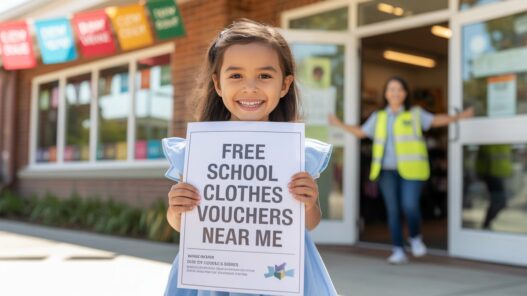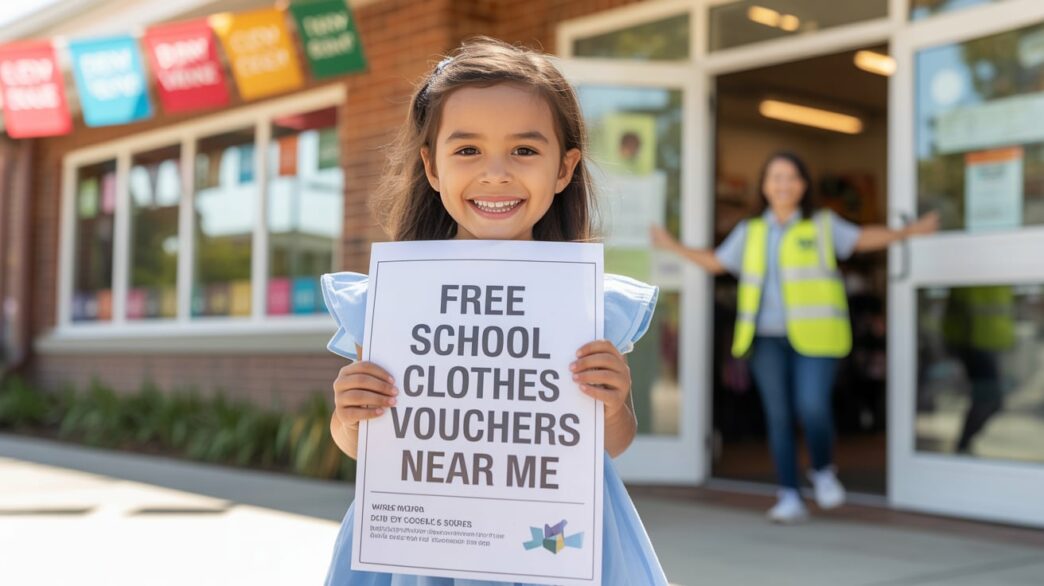Are you searching for Free School Clothes Vouchers Near Me in 2025? You’re in the right place—we’ve gathered the best programs that can help your child start school with confidence.
Click here to find the Latest Free School Clothes Vouchers Near Me


Are you searching for Free School Clothes Vouchers Near Me in 2025? You’re in the right place—we’ve gathered the best programs that can help your child start school with confidence.
Click here to find the Latest Free School Clothes Vouchers Near Me